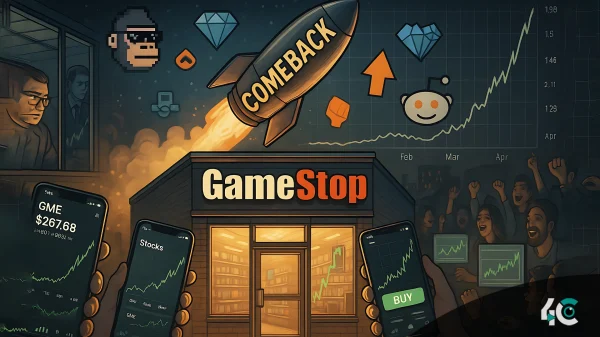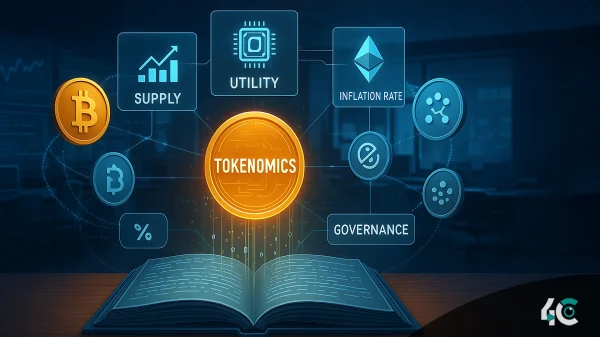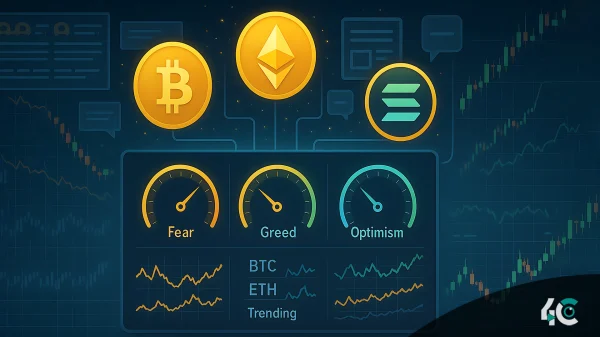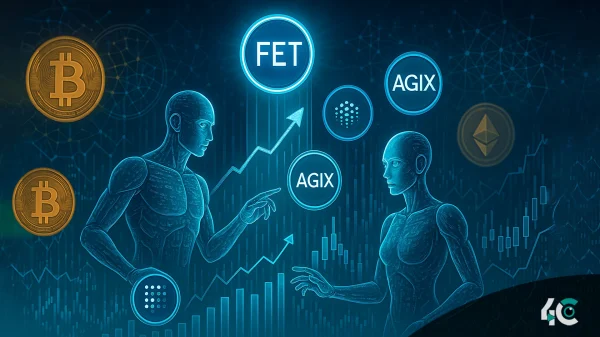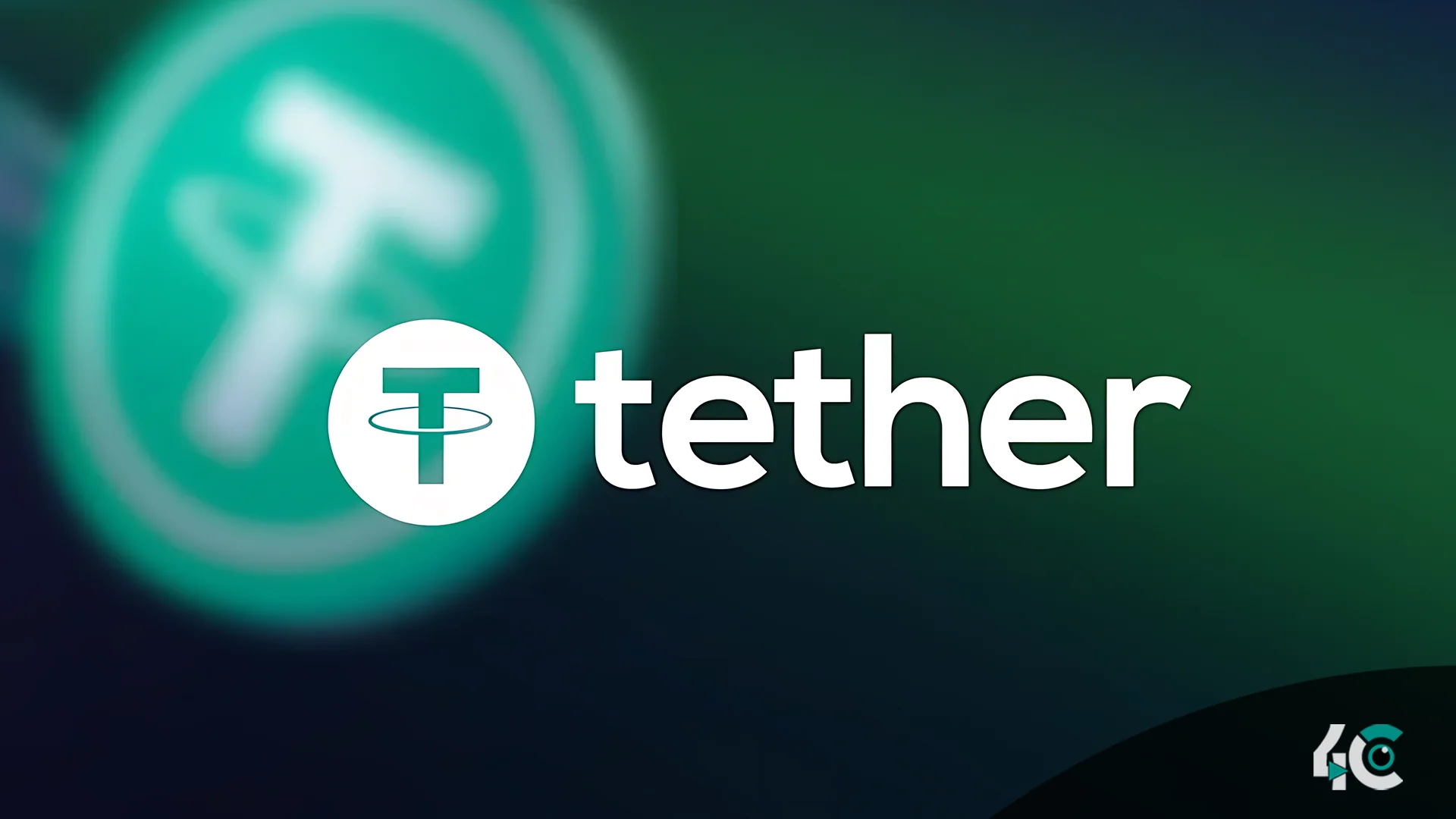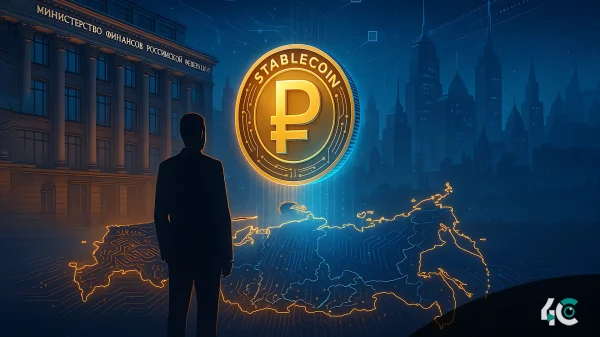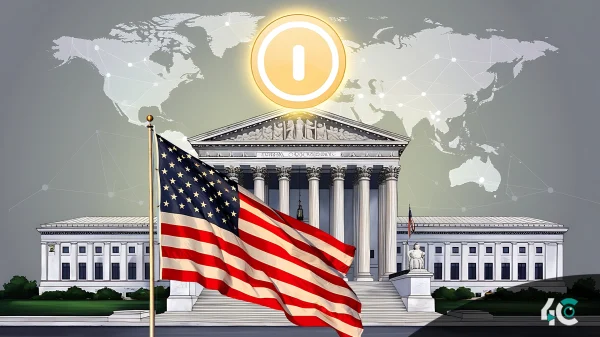Hadron, a brand-new platform from the company behind the well-known USDT stablecoin, aims to significantly transform the tokenization of assets. Companies, asset managers, and governments can utilize this platform to transform various real assets, including stocks, bonds, commodities, and loyalty points, into digital tokens on the blockchain. Users of Hadron can turn assets into tokens, which makes them easier to handle and trade and increases liquidity and transparency.
Hadron stands out because it has strong Know Your Customer (KYC) and anti-money laundering (AML) tools that ensure compliance and make it easy to make digital tokens. Paolo Ardoino, CEO of Tether, says that Hadron is a step toward making the financial environment more open to everyone. This stands in stark contrast to traditional finance, characterized by often closed and difficult-to-understand systems.
Tokenizing basket-collateralized goods is one of the best things about the platform. This feature enables companies and countries to issue digital tokens backed by a variety of commodities or other securitized assets. At this point in time, the idea of making financial assets that are more stable and diverse is getting more attention around the world. This is especially true as groups like BRICS try to change the way standard financial structures work.
Tether is attempting to create tokens as part of a larger strategy to expand its business beyond its $126 billion USDT stablecoin. Tether is exploring opportunities in tokens that are backed by energy and commodities. The company has also moved into the energy business, offering the Turkish government a bitcoin-backed token and using USDT to pay for oil deals. To add to its list of services, Tether also released a stablecoin backed by the dirham.
The Hadron platform is a big step forward for Tether. It opens up new ways to handle assets and create tokens, which could change both centralized and decentralized financial markets.







